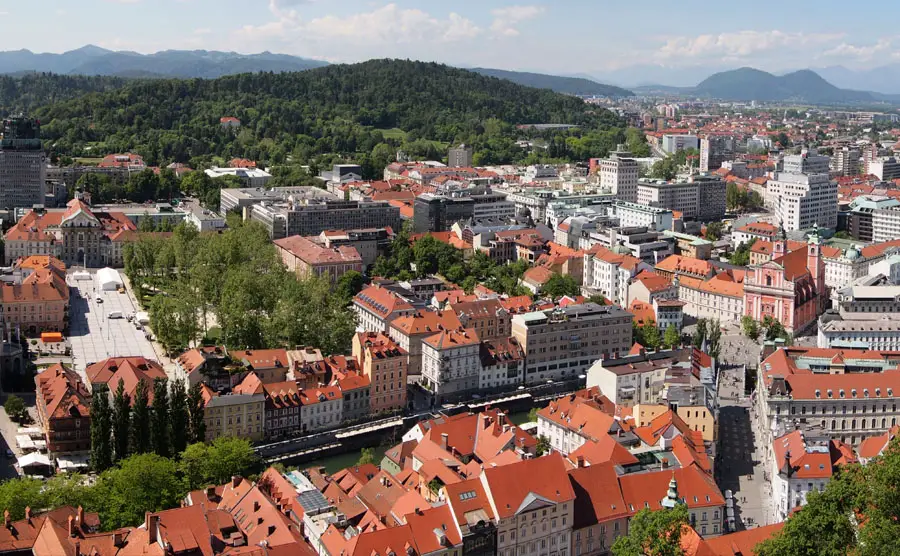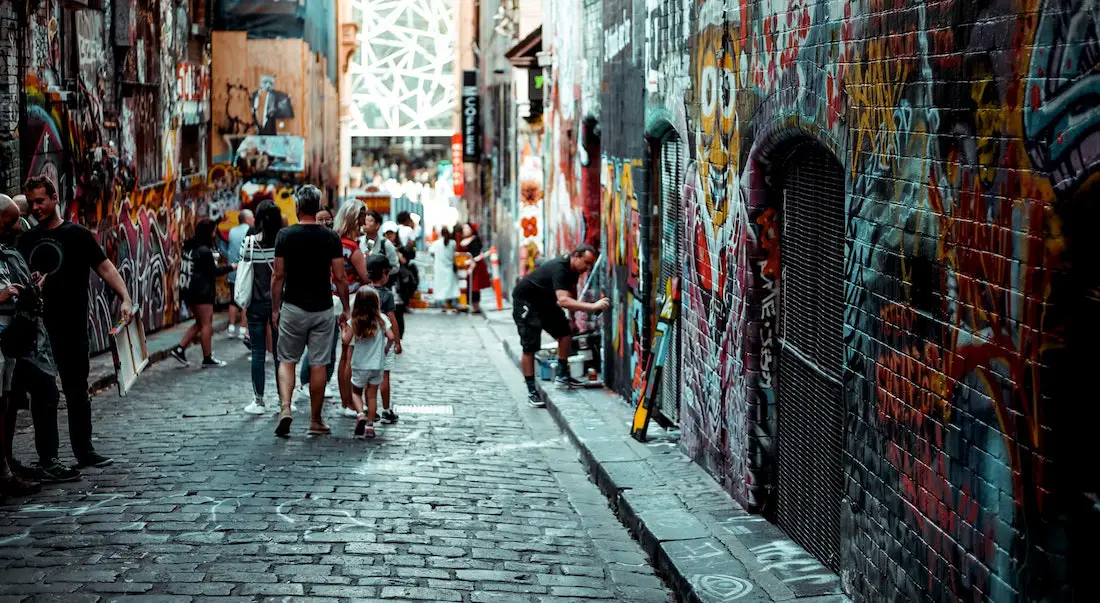As urban populations grow, so does energy and infrastructure demand, which can affect the environmental sustainability of an area. Though not necessarily rich in vegetation, the following fifteen cities are green in other ways, deserving special recognition for their commitment to sustainable development.
15: Austin, Texas, United States
Austin is poised to become the number one solar power center in the United States, on track to meet 20% of its electricity needs through renewable energy by 2020. 15% of its territory is used for parks and other open spaces, as well as boasting 32 kilometers of bike lanes. The city also has an ambitious smart-growth plan, making it a rare green corner in a not-so-green state.
14: Kampala, Uganda
Uganda’s capital is overcoming the challenges faced by many urban areas in developing countries. Originally built on seven hills, Kampala benefits economically from its lush surroundings but still faces struggles with poverty and pollution. The city has passed a series of laws in support of urban agriculture that has revolutionized not only the local food system but also the national one. With plans to remove polluting taxis from the streets, establish a traffic congestion tax and introduce a full bus service, Kampala is well on its way to becoming a safer, cleaner and more sustainable place to live.
13: Bangkok, Thailand
Once known for smokestacks and smog, today’s Bangkok has big plans for a more sustainable future. City governor Apirak Kosayodhin recently announced a five-year green strategy, including: recycling cooking oil used by citizens into biodiesel, reducing emissions and rolling out stricter environmental standards for buildings. Bangkok has made significant progress in the fight against air pollution in the past decade, though pollution levels are still higher than some of its Asian counterparts.
12: Bogotá, Colombia
In a city once known for crime and slums, a Mayor led a car crusade that helped make Bogotá one of the most accessible and sustainable cities in the western hemisphere. Enrique Peñalosa, mayor from 1998 to 2001, took his time to create a highly efficient bus system, upgrade sidewalks to prioritise pedestrian safety, build more than 180 kilometers of cycle paths and revitalize 1,200 green spaces in the city. He went on to limit car use at peak times and raised taxes on gasoline, reducing traffic by 40%. The city has also launched an annual car-free day.
11: Barcelona, Spain
Acclaimed for its approach to pedestrian areas (37% of all journeys are made on foot), the promotion of solar energy and innovative parking strategies, Barcelona represents a new vision for the future of cities in Europe. The city’s urban regeneration plan also includes poverty reduction and investments in neglected sectors, demonstrating a holistic approach to sustainability often lacked in other cities.
10: Sydney, Australia
Australia was the first country to ban inefficient lightbulbs, but for some Sydney residents, this wasn’t enough, with a local event supported by 30,000 households and 1,000 businesses turning off their lights entirely for an hour to promote discussion about climate change. Sydney also aims for carbon neutrality and has introduced an innovative food waste disposal program to minimise waste going to landfill.
9: Bahía de Caráquez, Ecuador
After suffering serious damage from natural disasters in the late 1990s, the government of Bahía de Caráquez and non-governmental organizations operating in the area developed a sustainable city reconstruction plan. Declared an “Ecological City” in 1999, it has developed programs which protect biodiversity, and is replanting deforested areas in order to control land erosion. The city, now a destination for eco-tourists, has also started to practice the composting of organic waste, as well as supporting organic agriculture and aquaculture.
8: San Francisco, California, United States
Almost half of San Fran inhabitants take public transport or travel by foot or bicycle every day, and over 17% of the city is dedicated to parks and green spaces. San Francisco has also been a leader in sustainable buildings, with more than 70 projects registered with the US Green Building Council’s LEED certification system. In 2001, voters approved a $100 million project to finance solar panels, wind turbines and efficiency upgrades for public facilities. The city also banned non-recyclable plastic bags.
7: London, England
When Mayor Ken Livingstone presented London’s climate change action plan in 2013, it was one of his final steps in his mission to make London the greenest city in the world. The plan states that London will meet 25% of its energy needs from local energy plants, using more efficient sources and reducing CO2 emissions by 60% within the next 20 years. Incentives will be offered to residents to improve the energy efficiency of their homes. The city has also issued charges on personal transportation to reduce congestion in central areas, favoring electric and hybrid vehicles instead.
6: Copenhagen, Denmark
Home to a large wind farm just beyond its urban shores, Copenhagen is a green dream. The city inaugurated a new metro system in 2000, making public transport more efficient, and recently won the European Environmental Management Award for cleaning its public waterways.
5: Vancouver, Canada
Vancouver is the largest city in British Columbia and a leader in hydroelectricity and other sustainability measures. The city produces 90% of its energy from renewable sources, reducing its reliance on fossil fuels through investment in wind and solar energy. The metropolitan area boasts 200 parks and over 18 kilometers of waterfront and Vancouver, after lengthy work, eventually developed a 100-year sustainability plan.
4: Malmö, Sweden
Most of Sweden’s electricity comes from nuclear and hydroelectric sources. Malmö is the country’s third largest city, known for its substantial parks and green spaces. The city is a model of sustainable urban development, contributing to Sweden’s overall carbon reduction goals through the development of sustainable cooperative projects and the transformation of several neighborhoods.
3: Curitiba, Brazil
Curitiba is widely regarded as one of the most beautiful places to live in Brazil and is the most popular tourist destination for travelers from all over the country. A mixture of environmental sensitivity and progressive planning has transformed Curitiba into one of South America’s most sustainable urban destinations. The city has one of the most simple but efficient bus systems in the world, making it easy for residents to reduce their environmental impact through its extensive three-carriage-bus system And, quirkily, some public parks are maintained by grazing sheep.
2: Portland, Oregon, United States
The city has consistently achieved a high standard in urban planning, regularly earning a place on lists of the greenest places to live. Portland is the first city in the United States to develop a comprehensive plan to reduce CO2 emissions and has pushed for green building initiatives in the city. It also operates a system of light rail, buses and cycle paths to help keep cars off the roads, boasts 92,000 hectares of green space and over 74 kilometers for hiking, running and cycling.
1: Reykjavik, Iceland
Reykjavik is the smallest city on this list, with around 115,000 residents (of only 300,000 people across the whole of Iceland). Its sustainability progress has been impressive. By 2050, Iceland plans to be entirely free from dependence on fossil fuels, relying on hydrogen for its energy needs. Reykjavik already produces electricity exclusively from hydroelectric and geothermal sources and the city also uses renewable energy to power hydrogen public transport buses.
Photo: Flickr


